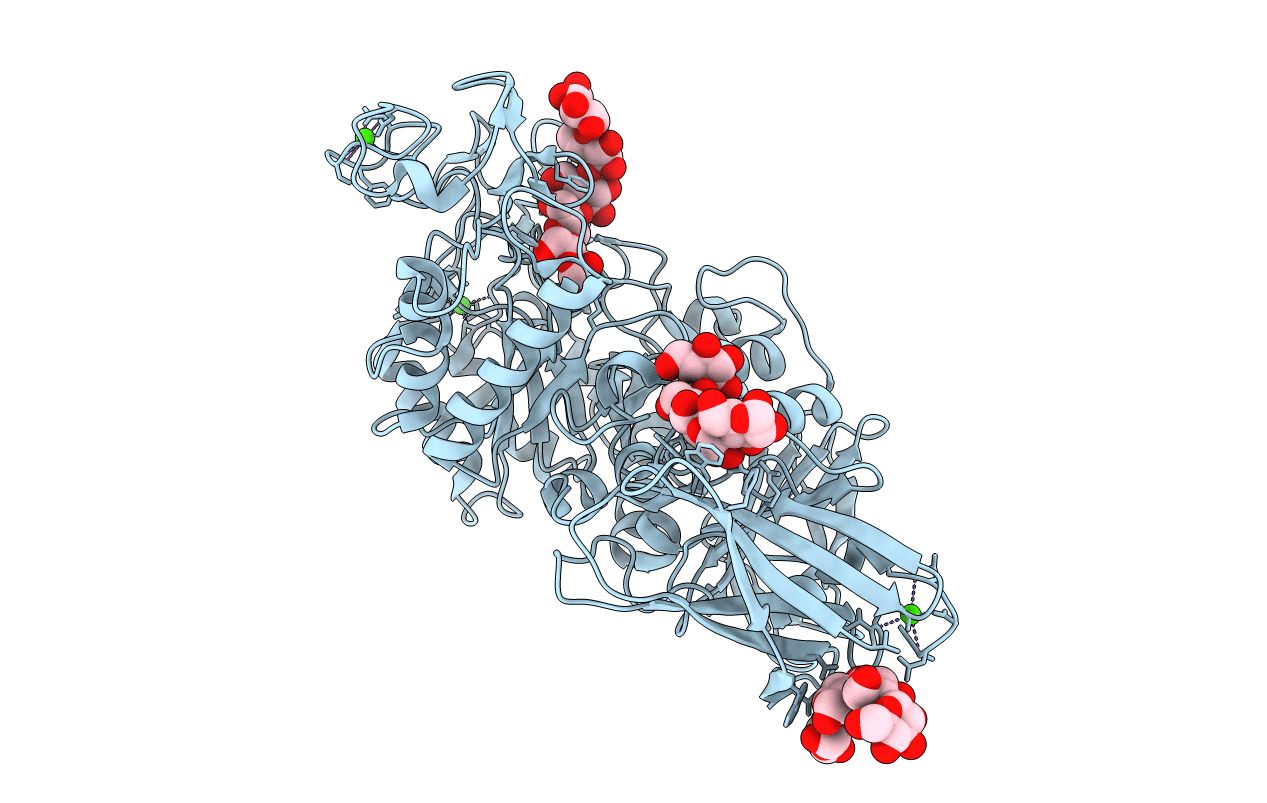
Deposition Date
2003-06-23
Release Date
2004-01-13
Last Version Date
2023-12-27
Entry Detail
PDB ID:
1UH2
Keywords:
Title:
Thermoactinomyces vulgaris R-47 alpha-amylase/malto-hexaose complex
Biological Source:
Source Organism:
Thermoactinomyces vulgaris (Taxon ID: 2026)
Host Organism:
Method Details:
Experimental Method:
Resolution:
2.00 Å
R-Value Free:
0.21
R-Value Work:
0.18
R-Value Observed:
0.18
Space Group:
C 1 2 1


